Classic gardens are essentially formal gardens. They are defined by clean geometry, symmetry and crisp lines. With roots in ancient history, they reached their pinnacle in formal French gardens such as the ones at Versailles.
While not many of us have a large estate to landscape, with so many American homes featuring classical elements, it makes sense that our gardens follow suit. Formal can be both chic and timeless. These basic elements of formal garden design will help you adapt the style to your site.
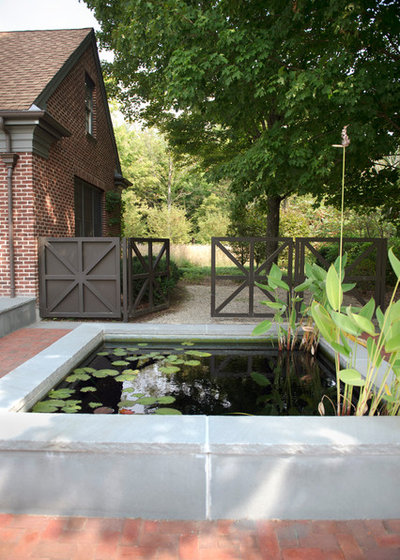
Natalie DeNormandie
1. Simple geometry. Like classical architecture, formal garden design has its roots in the geometry of Greek and Roman architecture. Formal gardens tend to emphasize straight lines, right angles and circles.
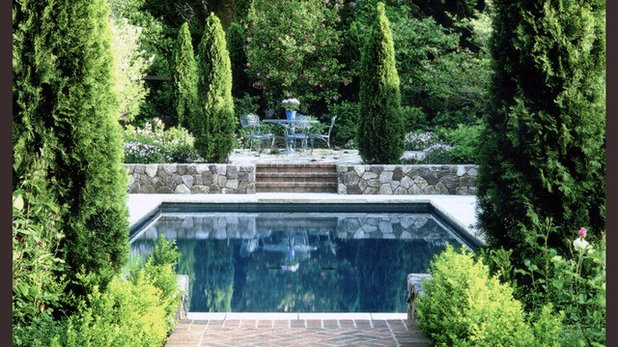
Strata Landscape Architecture
2. Balanced proportions. Proportion — how the size of each part of the garden relates to the whole — is central to classical architecture and landscape design. Mathematical principles such as the golden ratio and the Fibonacci series (0, 1, 1, 2, 3, 5, 8, 13 …) have been used for centuries as ways to bring beauty and balance to designs.
Once you train your eye to begin looking at the proportions of paths to planting beds and other garden elements, you may find it addictive.
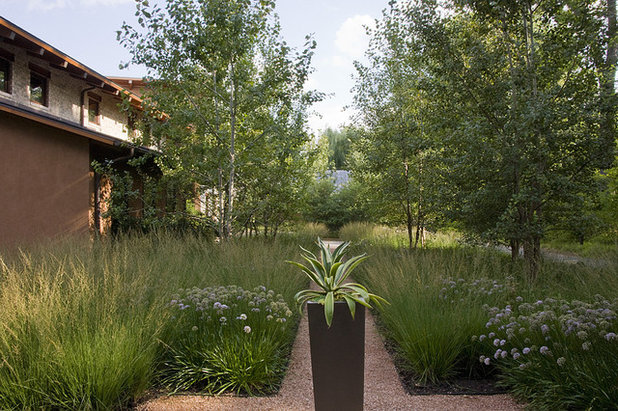
The Garden Consultants, Inc.
3. Designing along the axis. Much classical landscape design makes use of bilateral symmetry, in which shapes and forms of equal size are placed opposite one another at a point or along an axis. This creates a sense of order and gives the design a feeling of balance. In a large garden, long axes tend to dominate, but in a smaller garden they can be an efficient way to use limited space: Symmetrical gardens tend to be calming and don’t jar the eye.
Axes are often terminated with a focal point (a piece of sculpture or a plant with a sculptural quality) whose form contrasts with the straight lines of the design.
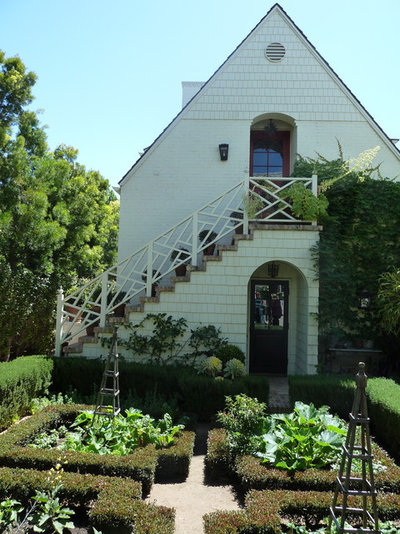
Acanthus Design-Denise Woolery
4. Cohesion. Repeating forms throughout a garden can help bring cohesion to a design. Here the sharp angle of the peaked roof is echoed in the pyramidal tuteurs, and the bold outlines of the planting beds relate to the patterns on the railing.
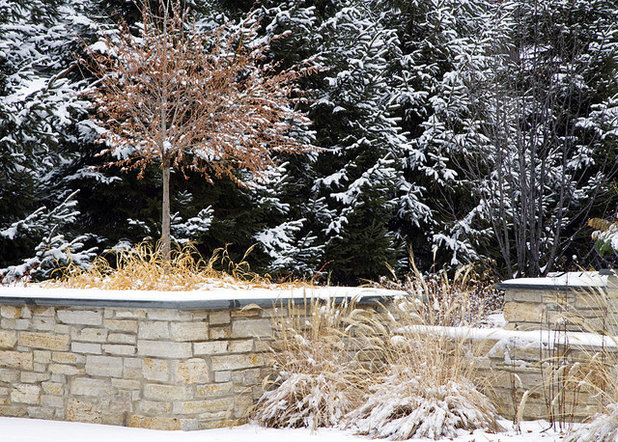
The Garden Consultants, Inc.
5. Good bones. Walls, fences, evergreen plantings, paths and patios are aspects of the garden you can see all year. They form the structure, or “bones,” of the garden. When thoughtfully laid out, they provide interest even in winter.
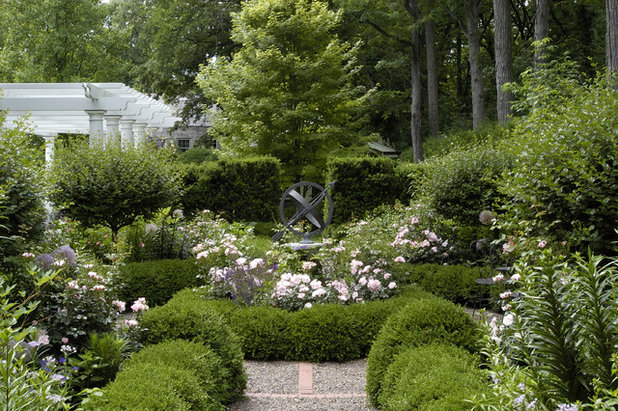
Schmechtig Landscapes
6. A restrained color palette. Plants in a classic garden have clean geometry. Clipped greens and hedges of boxwood, Eugenia and privet help define not only the look but also the space — often becoming the walls of the garden. Flowers such as roses, tulips and peonies may come and go throughout the season, but the garden overall is anchored by a strong arrangement of greenery.
Some designers are updating formal gardens with more sustainable plantings. In California, native plants such as
Baccharis ‘Centennial’ and
Ceonothus griseus var.
horizontalis ‘Yankee Point’ are two low-water natives that tolerate clipping well.
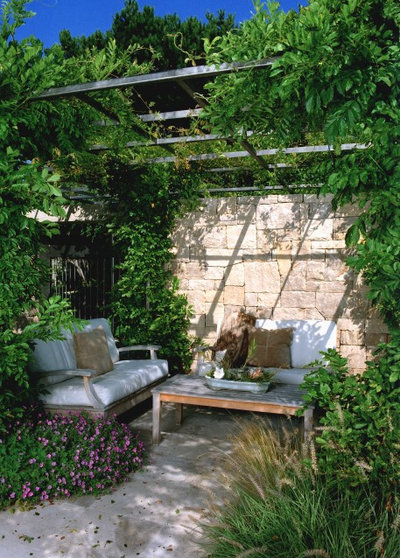
Sutton Suzuki Architects
Adapting Classic StyleSmaller gardens. When we think of formal gardens, we often think of grand estates, but the tenets of classic design can be helpful in designing a smaller garden as well.
Classicism’s emphasis on proportion works beautifully in this example, in which the relative lightness of the furniture relates directly to the delicacy of the overhead structure.
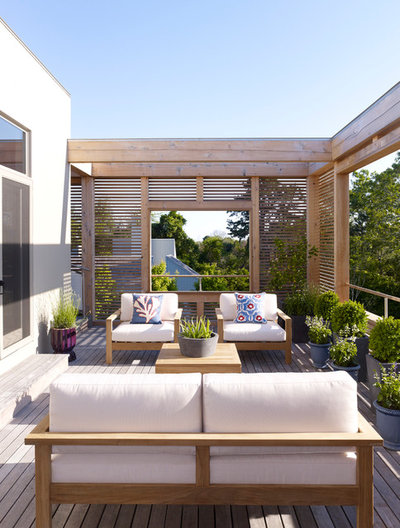
Austin Patterson Disston Architects
Modern gardens. A modern garden can also be classic. Note how this contemporary garden has its roots in the past with formal elements such as symmetry and clipped boxwood balls.
See more garden styles





